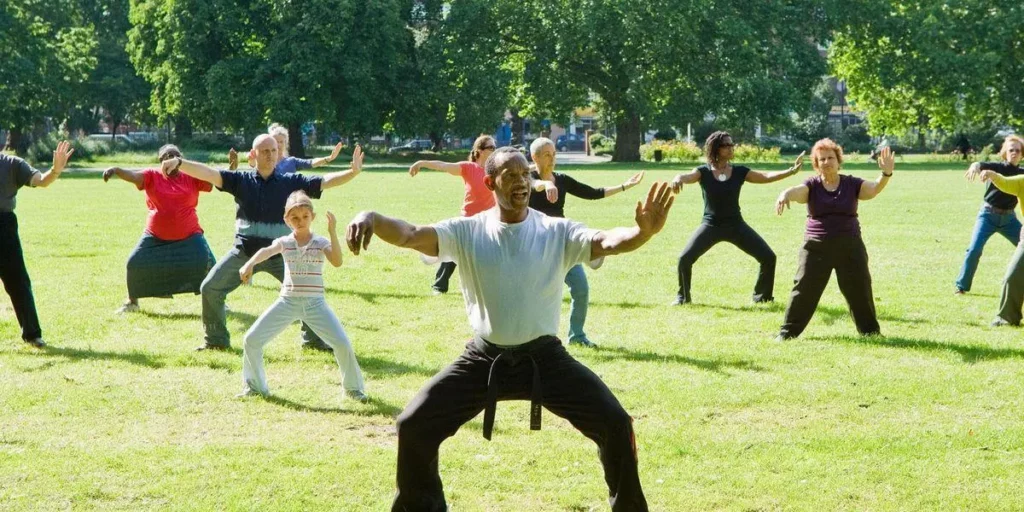What We Do In Class

1 April 2022
As you all know, what we do in class takes a predictable form:
- Qigong
- Review of what we’ve learned
- New instruction
- Practice of new instruction
This is pretty much like every class everywhere. What I’d like to address in today’s post is what parts of the class I think the students ought to have some choice in, now and in the future.
The first thing to come to mind is our qigong. We spend about a quarter to a third of the class doing qigong, and this will continue for the foreseeable future. The reason for this is because it’s important to me to ensure everyone knows and retains the qigong routines we do. I know six such forms and teach five. The sixth is best learned and done at home – it doesn’t contribute much to the class and it takes a long time to do. So far most of my students have been exposed to three:
- Ba Duan Jin
- 9 Temple Exercises
- Yi Jin Jing
This past week I shared “Wu Xing” or “Five Animals.” We’ll do this over the course of the next few weeks. Eventually, I’d like to teach the fifth, “13 Luohan.” It has elements which lend themselves to the
intermediate and advanced student – it explores balance related to kicks, “fa-jin” and so on, things we’ve touched on but which many students aren’t yet ready for.
Once I’ve taught all five, and once we’re comfortable doing all five, I’m going to begin asking you which ones we should do in class. I also might begin assigning more intermediate/advanced students to start leading the qigong portion. I might say “Hey, which qigong do you feel like doing this week?” or “Hey, next week I want you to lead the class in Ba Duan Jin. Please be ready for it.”
There are reasons for this which have nothing to do with my own inherent laziness. The first is I want students to feel comfortable with having active input into what we learn and do – at some point, our tai chi shouldn’t just keep being passive reception of what the teacher says. Second, I’m choosing the qigong forms we do in order to teach them to the students. But a student might come to class needing to work on something the form I choose doesn’t address. After we’ve learned the forms and are familiar with them, addressing students’ physical needs (and the student knowing which exercises address those needs) becomes more important. Lastly, “You don’t know something until you can explain it to someone else.” Leading qigong and, ultimately, leading the tai chi practice, is a necessary step in the student’s growth.
You won’t be putting me out at all by requesting we do a certain qigong form. In any given week I do all six anyway as a part of my at-home practice. I want you to feel like this qigong is yours as much as I feel like it’s mine. What qigong is not for me is something I feel privileged to make a choice for you in. Once I’ve taught it to you, and once you’re comfortable with it, I don’t need or want that privilege anymore.
The “review” portion will go on as before, but students should feel free to bring up questions they’ve discovered in practice at home. I’m going to let you in on a little “trainer secret.” I don’t need to ask you if you’ve practiced during the week to know whether you have or haven’t. You’ll tell me yourself. If you bring up questions, discoveries or stories about your practice, I know you’ve practiced.
For sure if you come up to me before class and say “Hey, I read such-and-such, can you explain it or show it or teach it or something?” that’s absolutely worth spending class time on!
Remember, the class is driven largely by what you show you need, but it’s also important to pay attention to what you’re interested in and what you discover.
